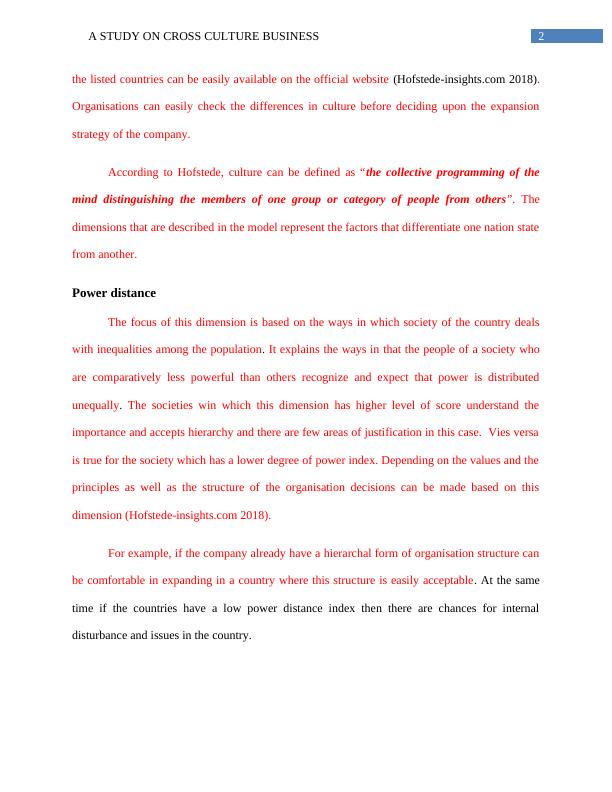A Study on Cross Culture Business - Desklib
Critically assess the Hofstede model of national culture and its impact on cross-border business development, including the influence of national and corporate culture on organizational behavior and individual behavior adaptation for success.
25 Pages6134 Words278 Views
Added on 2023-06-14
About This Document
This study explores the impact of cross culture business with Desklib's study material. It discusses Hofstede's model of cultural dimensions and its limitations. It also analyses Burberry's expansion in India. The study highlights the differences in culture between the UK and India based on Hofstede's model.
A Study on Cross Culture Business - Desklib
Critically assess the Hofstede model of national culture and its impact on cross-border business development, including the influence of national and corporate culture on organizational behavior and individual behavior adaptation for success.
Added on 2023-06-14
ShareRelated Documents
End of preview
Want to access all the pages? Upload your documents or become a member.
Business Across Cultures PDF
|12
|3800
|487
Assignment On Cross Cultural Management Analysis
|10
|2407
|19
Cross Cultural Management : Doc
|14
|3416
|71
Cultural Dimensions and Managing Organizational Culture
|8
|1583
|205
Intercultural Challenges for Australian Humanitarian Workers in Indonesia
|12
|2734
|467
Managing Across Cultures: Analysis of Hofstede's Model
|9
|2036
|90






